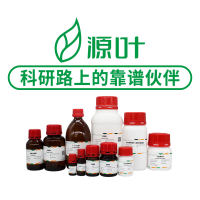Identification of Molecular Markers to Follow Up the Bioremediation of Sites Contaminated with Chlorinated Compounds
互联网
424
The use of microorganisms to clean up xenobiotics from polluted ecosystems (soil and water) represents an ecosustainable and powerful alternative to traditional remediation processes. Recent developments in molecular-biology-based techniques have led to rapid and sensitive strategies for monitoring and identifying bacteria and catabolic genes involved in the degradation of xenobiotics. This chapter provides a description of recently developed molecular-biology-based techniques, such as PCR with degenerate primers set, real-time quantitative PCR (qPCR), reverse transcription PCR (RT-PCR), southern blot hybridization, and long-range PCR, used to give a picture of the catabolically relevant microorganisms and of the functional genes present in a polluted system. By using a case study of a groundwater aquifer contaminated with 1,2-dichloroethane (1,2-DCA), we describe the identification of microorganisms potentially involved in the 1,2-DCA dehalorespiration (Dehalobacter sp. and Desulfitobacterium sp.) and a complete new gene cluster encoding for a 1,2-DCA reductive dehalogenase. The application of these techniques to bioremediation can improve our understanding of the inner mechanisms to evaluate the feasibility of a given treatment and provide us with a method to follow up bacteria and catabolic genes involved in the degradation of contaminants during the activities in situ.









